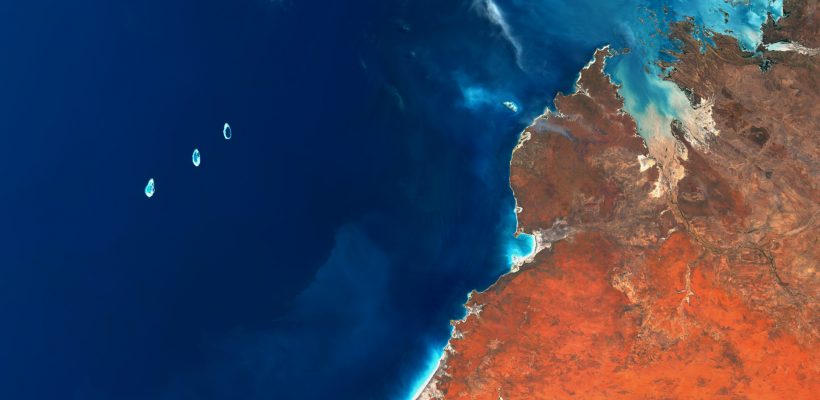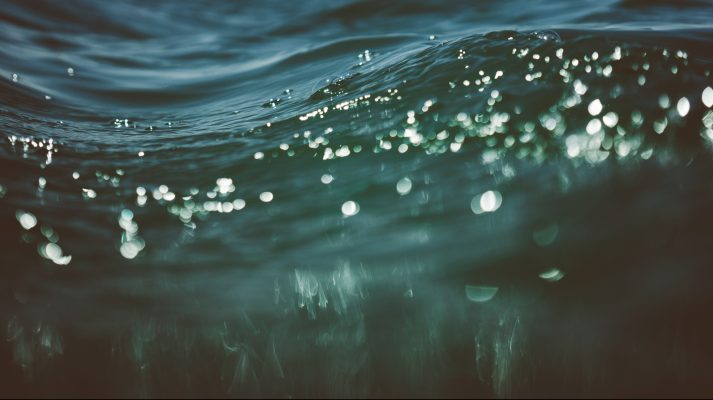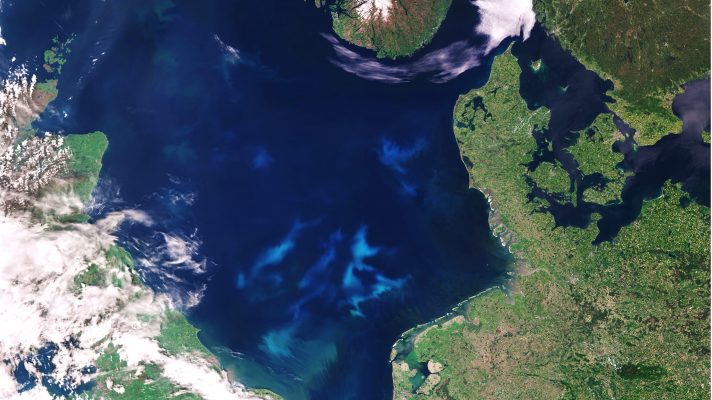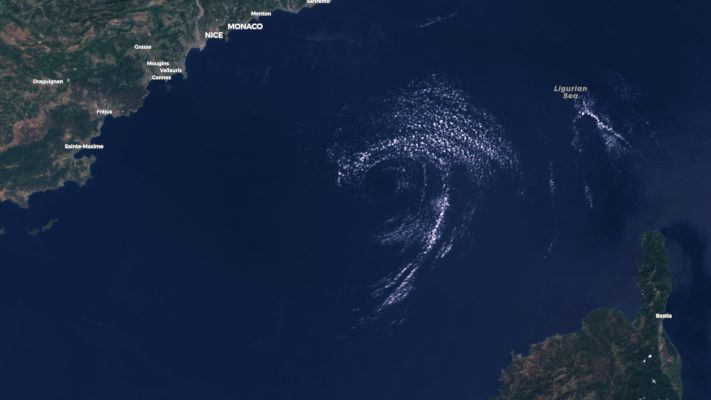OCEANUS: OCEAN sUrface reconstruction from the synergy of Sentinel 3 observations
Ocean currents are a key component to understanding many oceanic and climatic phenomena and furthermore the knowledge we have of them is crucial for navigation and operational applications. Therefore, a key problem in oceanography is the estimation of the synoptic (or “big picture”, large-scale, simultaneous conditions over a broad area) velocity field. Thanks to satellite …




